Cruising the ICW – the Magical Waterway in our Backyard.
One of my husband’s arguments for living on a boat, was the ICW. “You will love it,” he insisted.
And I did, year and a half later, when I was finally convinced to move our family of five on a sailboat.
Our journey started on the ICW back in the freezing November of 2018.
The Intracoastal Waterway, or the ICW, is a stunning 3000-mile-long water highway, connecting rivers and inlets along the east coast of the US, through Florida, along the Gulf Coast, all the way into Brownsville, Texas.
Originally, it was intended for trade, as well as a safe passage along the coast, to avoid enemy submarines, during WWII. Nowadays the ICW is a beloved route for hundreds of recreational vessels cruising towards warm southern destinations.
The official start of the ICW is in Norfolk, VA. However, one can begin the intracoastal cruising all the way north, in New Jersey.
The Vibe
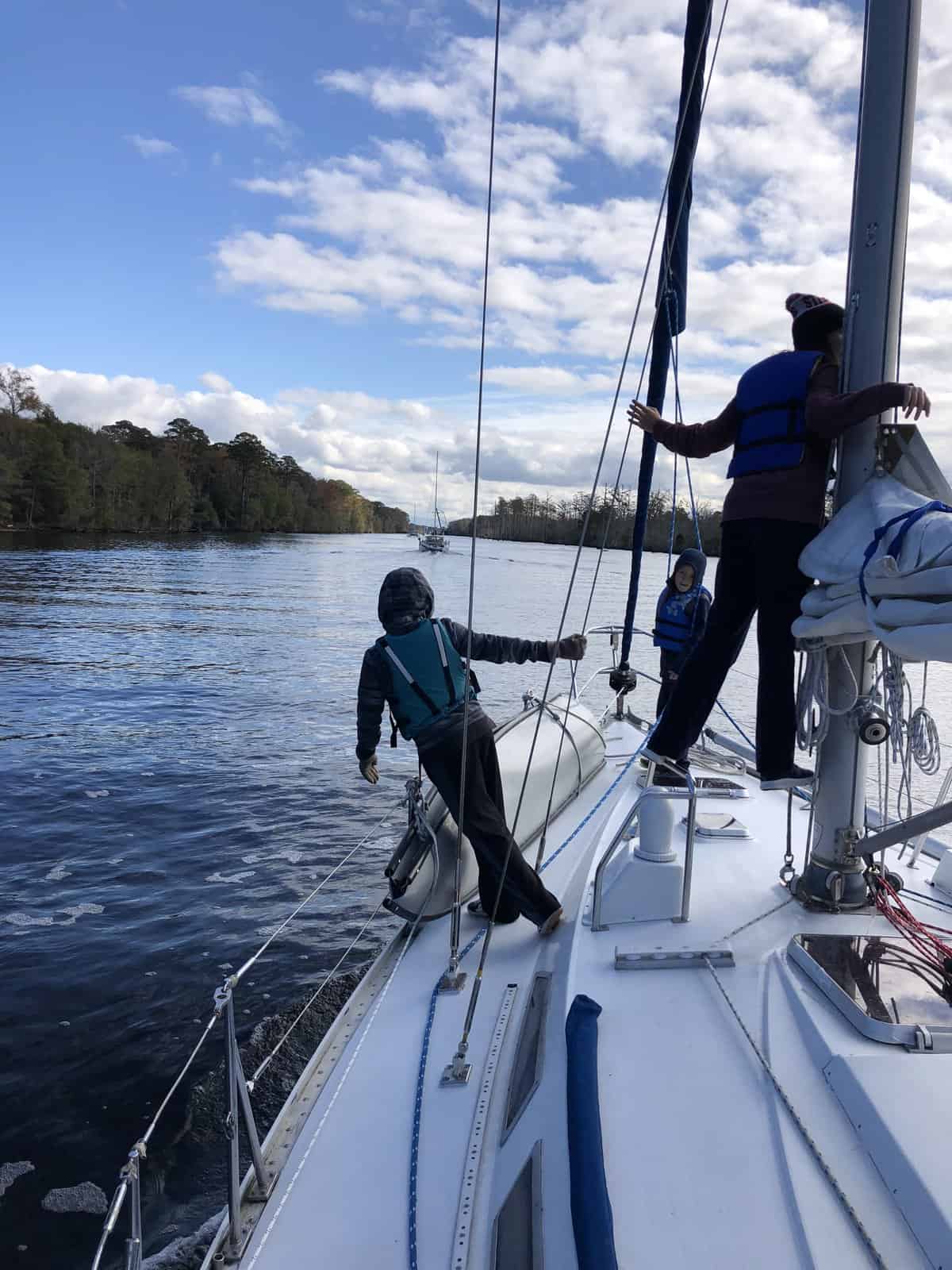
Far from boring, this amazing passage is a network of rivers, swamps and ocean inlets beaming with life.
Many eager cruisers, lovingly referred to as “snow birds” head south from Canada and the northern US states, towards Florida, the Bahamas and the Caribbean, once the leaves start changing colors.
Barges, trade vessels and countless sailing and motorboats utilize the waterway every day, offering precious lessons in navigation for all boaters.
Along with entertaining comments from captains.
The Views
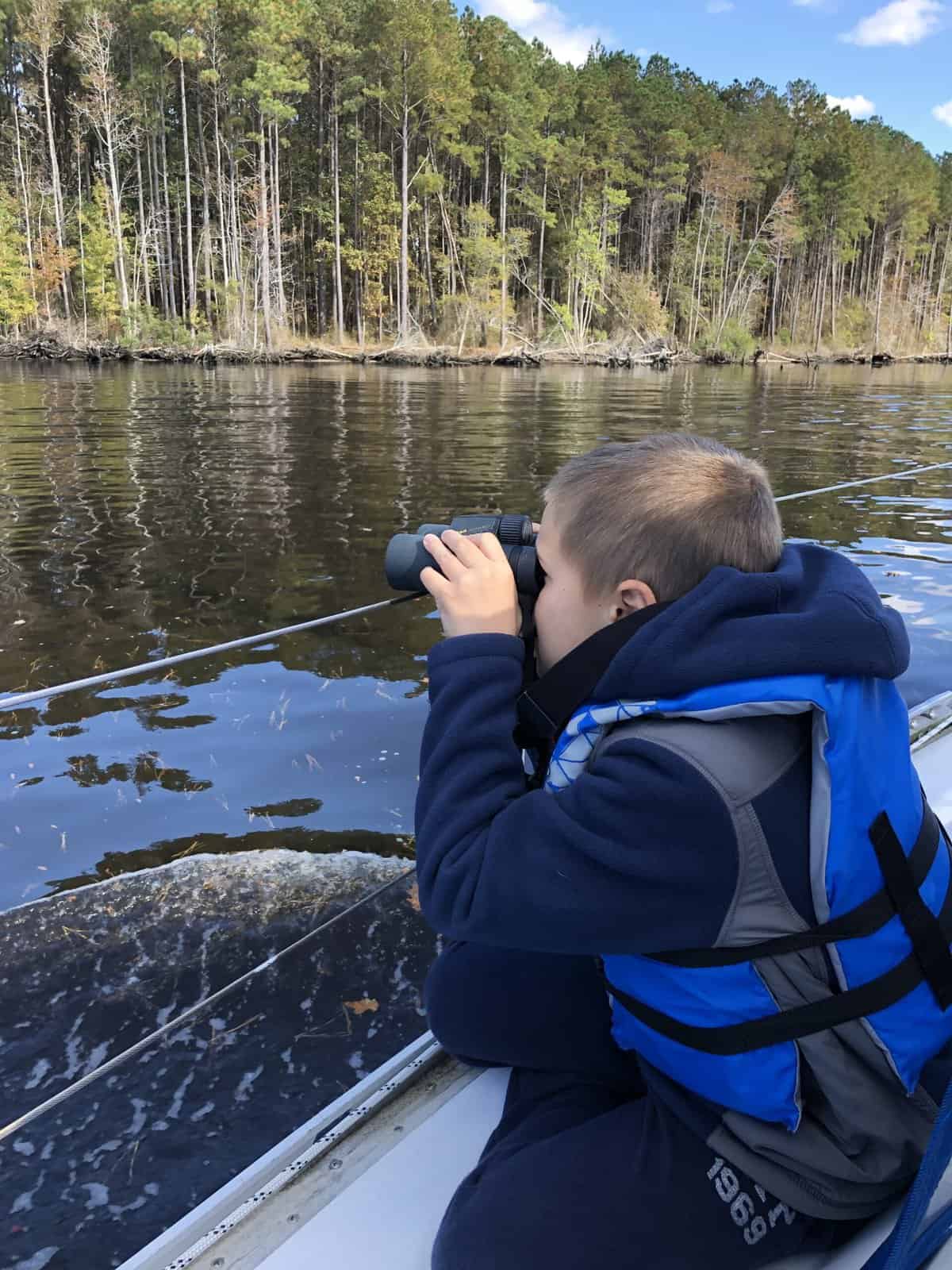
Some channels are wider and much deeper than others, making for amazing views right alongside huge Navy ships, in Norfolk, VA.
Rivers of the waterway meander through swamps and wild forests, where time stands still.
As we barely motored along Indian River, at 5 knots (around 5 m/h), our kids would sit outside with a pair of bird-watching binoculars.
Wild animals barely looked at us, undisturbed by all the boats passing by.
As if traveling through time, untamed forests gave way to the porches and peers of million-dollar homes. We must have been the seasonal entertainment, as quite a few locals would wave at us, while sipping their morning coffee.
Marinas Along the ICW
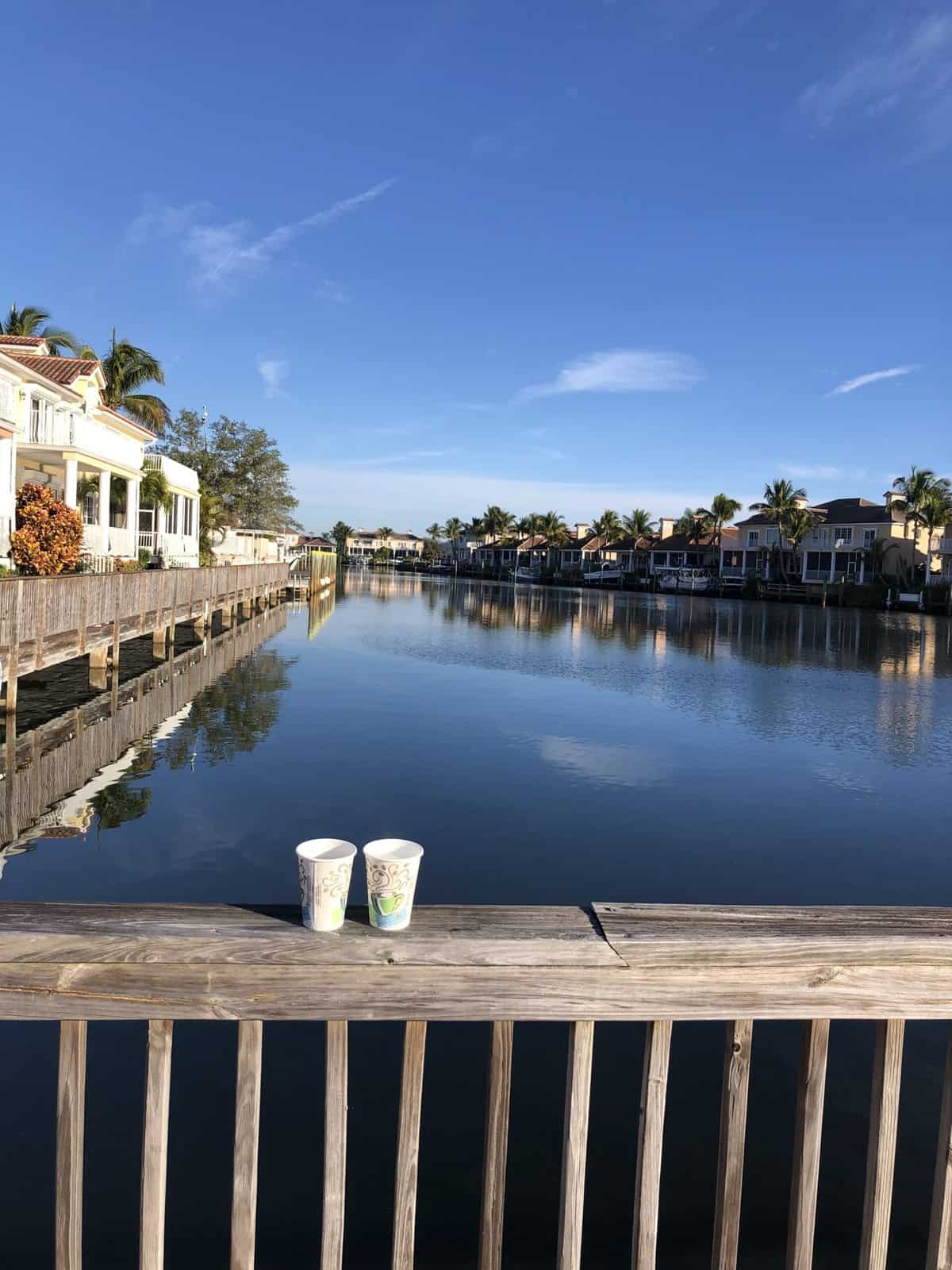
Marinas alongside the ICW offer a much-needed break from motoring and staring into navigational markers. Many are located near quaint, little towns.
The further south you cruise, as the miles pile up, so do the transient rates at marinas. It becomes increasingly more difficult to find a slip without a prior reservation.
If cruising south for the winter, take some time to prepare for your trip.
We learned this the hard way, by calling marinas and begging to be allowed to tie up for the night. Nighttime cruising the ICW is a terrible idea, due to the lack of visibility.
Small-town Charm and Skyscrapers
The towns and cities you will pass are the best social studies lesson you can teach.
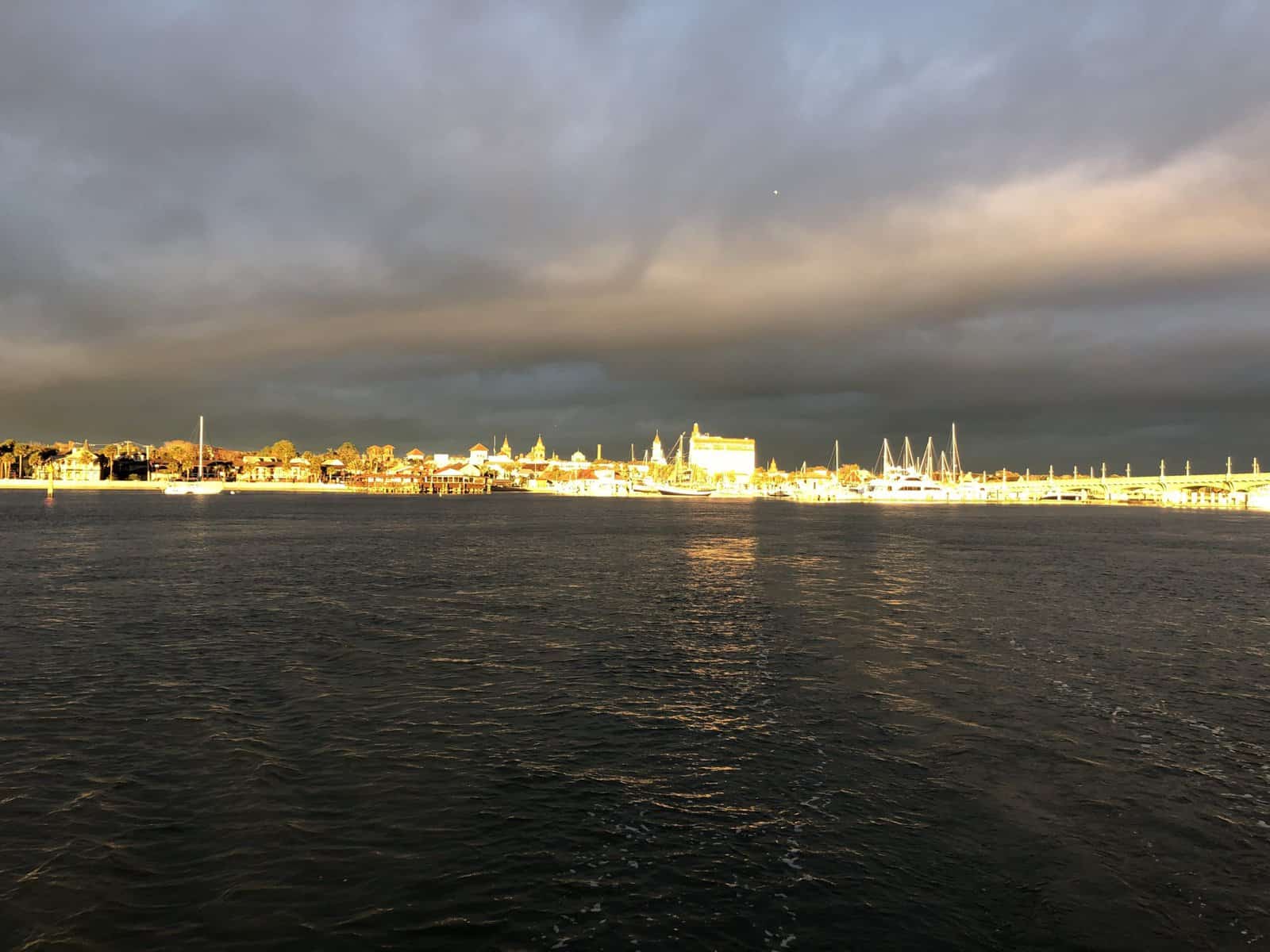
Norfolk, Beaufort (both of them), Charleston, Savannah, St. Augustine, Titusville, Miami – we loved them all:
7 Cruiser-Friendly Towns, on the East Coast, to Escape the Winter Blues with Your Loved One.
We toured Navy ships, history museums and small towns. We anchored for the best spot to see a rocket launch. And enjoyed the busy Miami downtown skyscrapers from our quiet anchorage.
Those folding bikes you were debating about taking along, would come in handy.
The Journey – Sailing or Motoring?
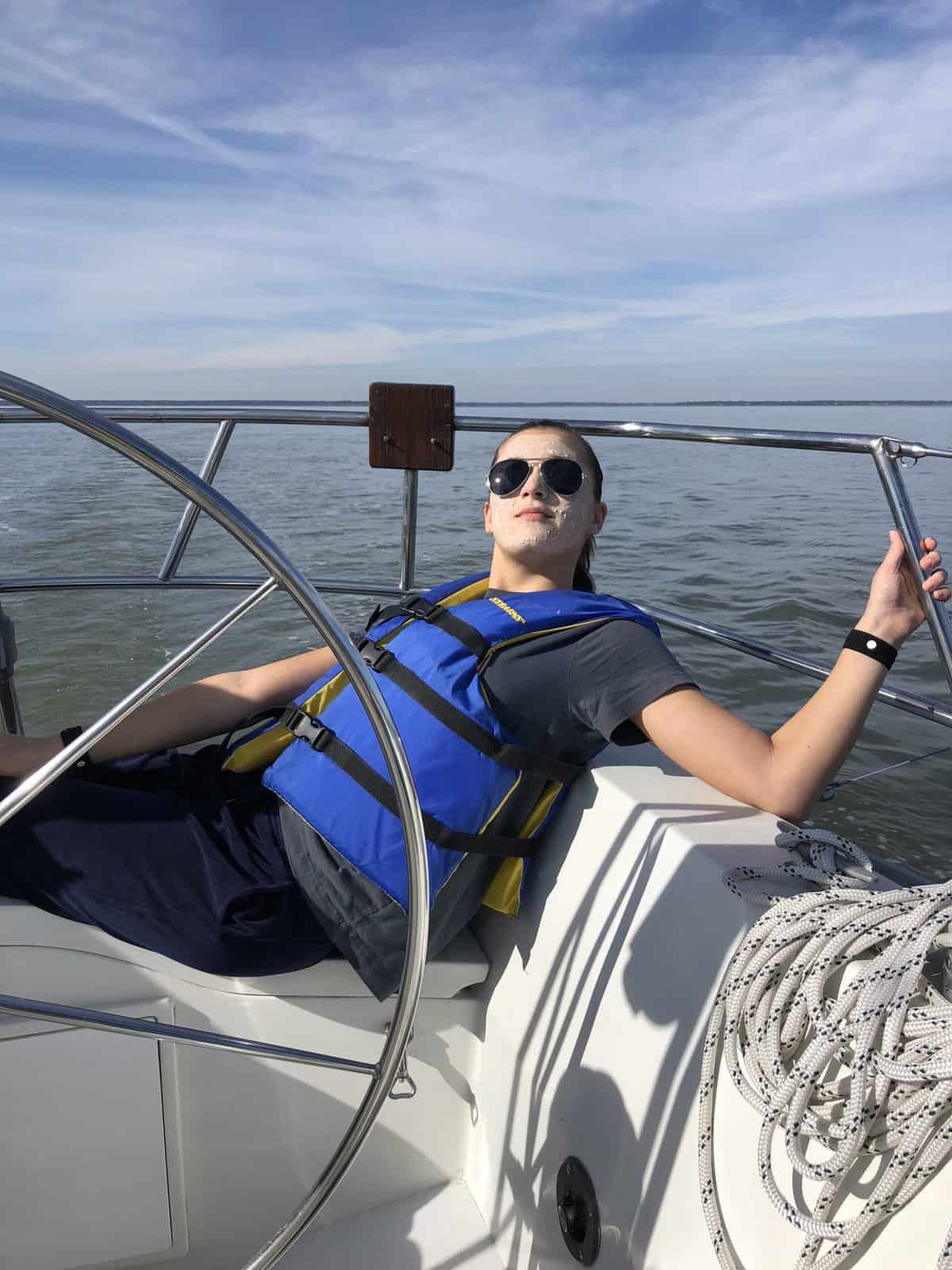
While we used mostly our engine to move along, a few bays can be sailed and the current in other areas is strong enough to give a nice boost.
It is a very slow-moving route, most boats rarely exceed 6 knots of speed, with many areas being “no wake” zones to protect people’s privacy, as well as wild life.
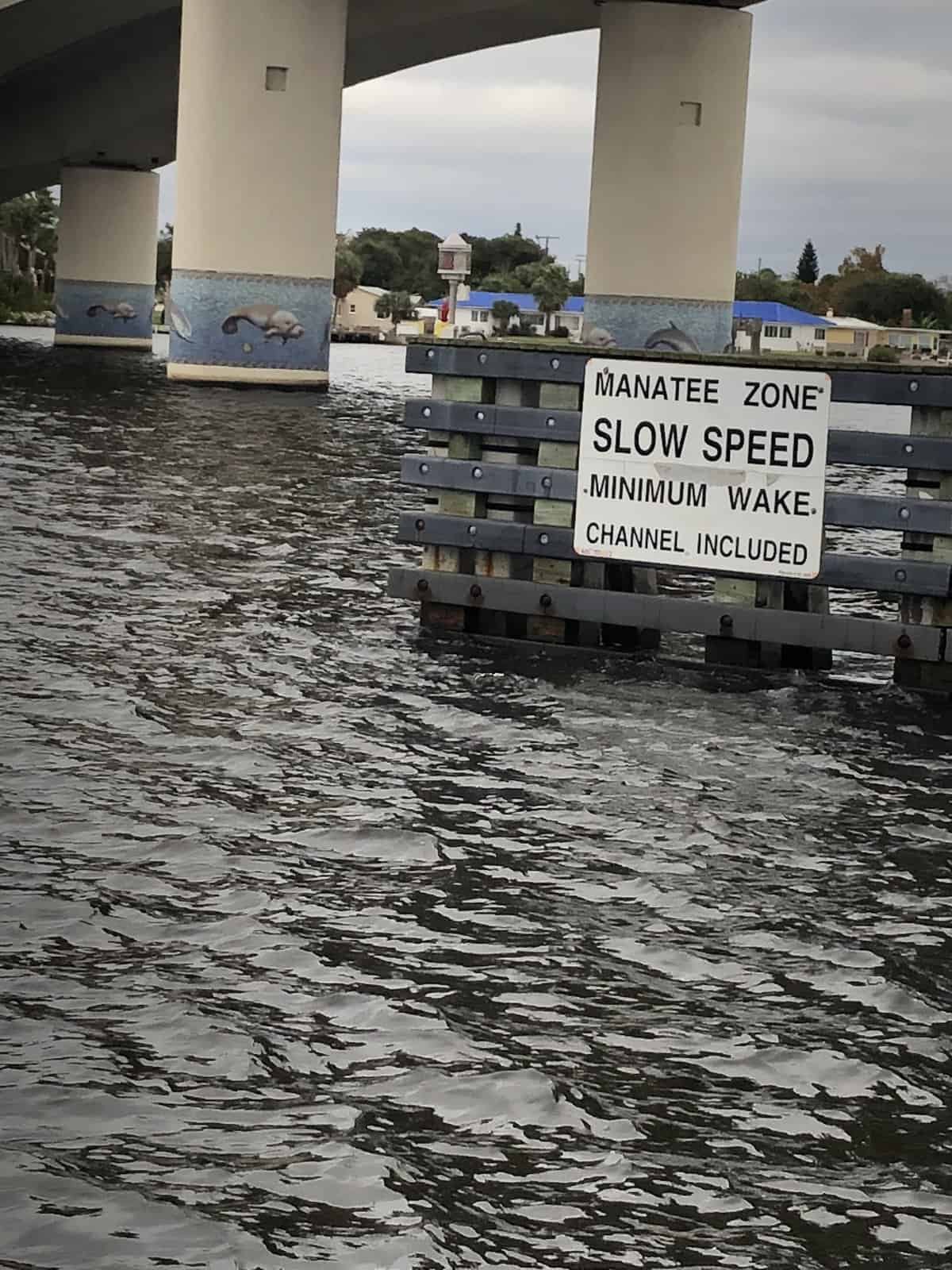
Until you reach Florida, that is. Where navigation rules seem a bit more optional. It is unfortunate, because those southern waters are a home to the gentle, slow manatees.
The lack of true sailing is why many “real” captains refer to the ICW as “the ditch”.
Indeed, sailing is limited, there are tons of bridges opening at certain hours only. Others provide a clearance that makes your heart skip a beat, as the mast barely passes under.
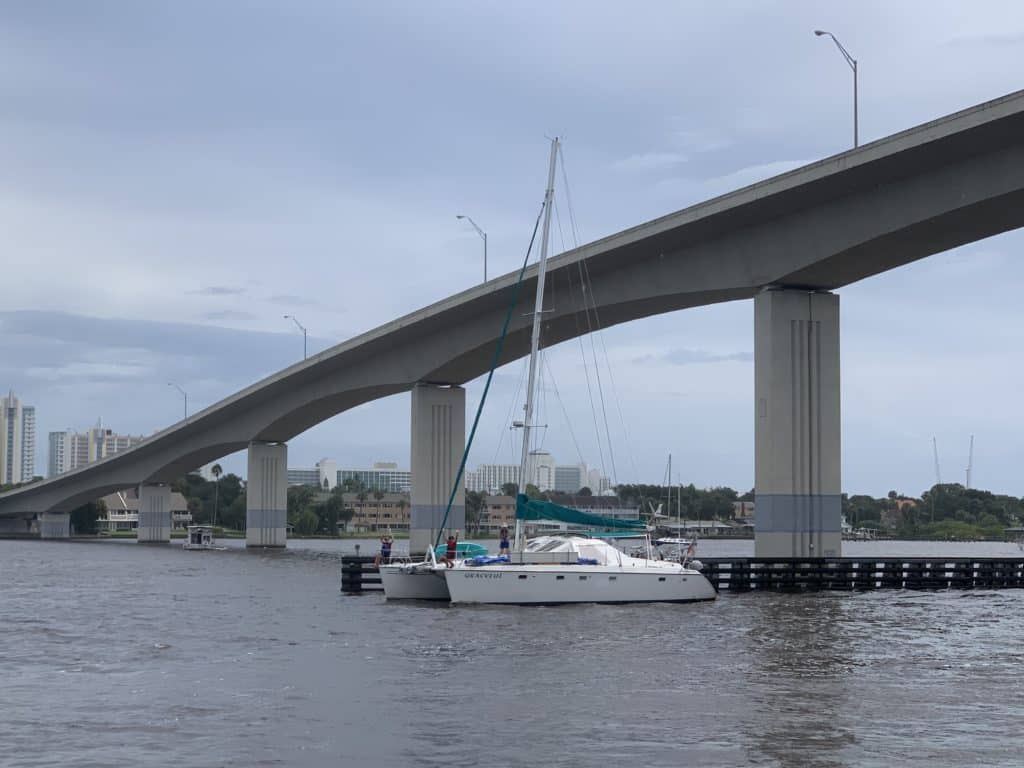
In addition, while the ICW bottom should have been dredged to accommodate a 6 ft draft at mean tide, not all parts are well maintained. Boats run aground frequently.
Despite the challenges, the ICW can give a very gentle start to any cruising adventure. Boaters gathering at captain’s lounges and restaurants along the way are all excited to be traveling south and are quite friendly.
A Great Option for Beginners
To make the passage south a bit faster, we opted for a combination of the ICW and ocean passages.
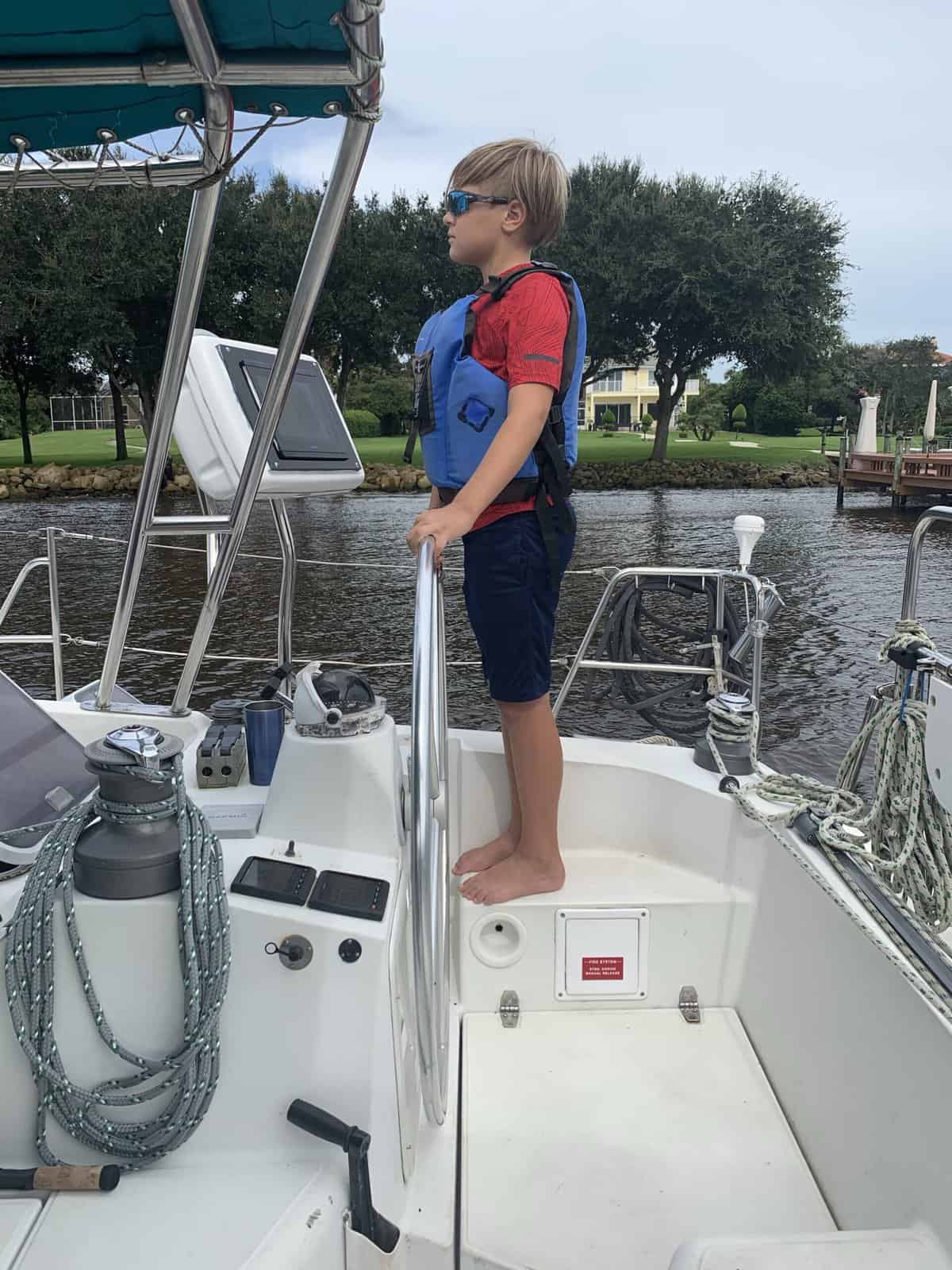
It allowed true sailing thrills for the captain, and some mental stability for me, after the overnight ocean passages.
The kids learned how the wind worked with the sails, as well as the precious “red-right-return” rule, while navigating the channels.
Oh, and how not to talk to the captain while docking.
The Return North
Once hurricane season arrives, the ICW is a safe passage to destinations north into beautiful Maine and Canada.
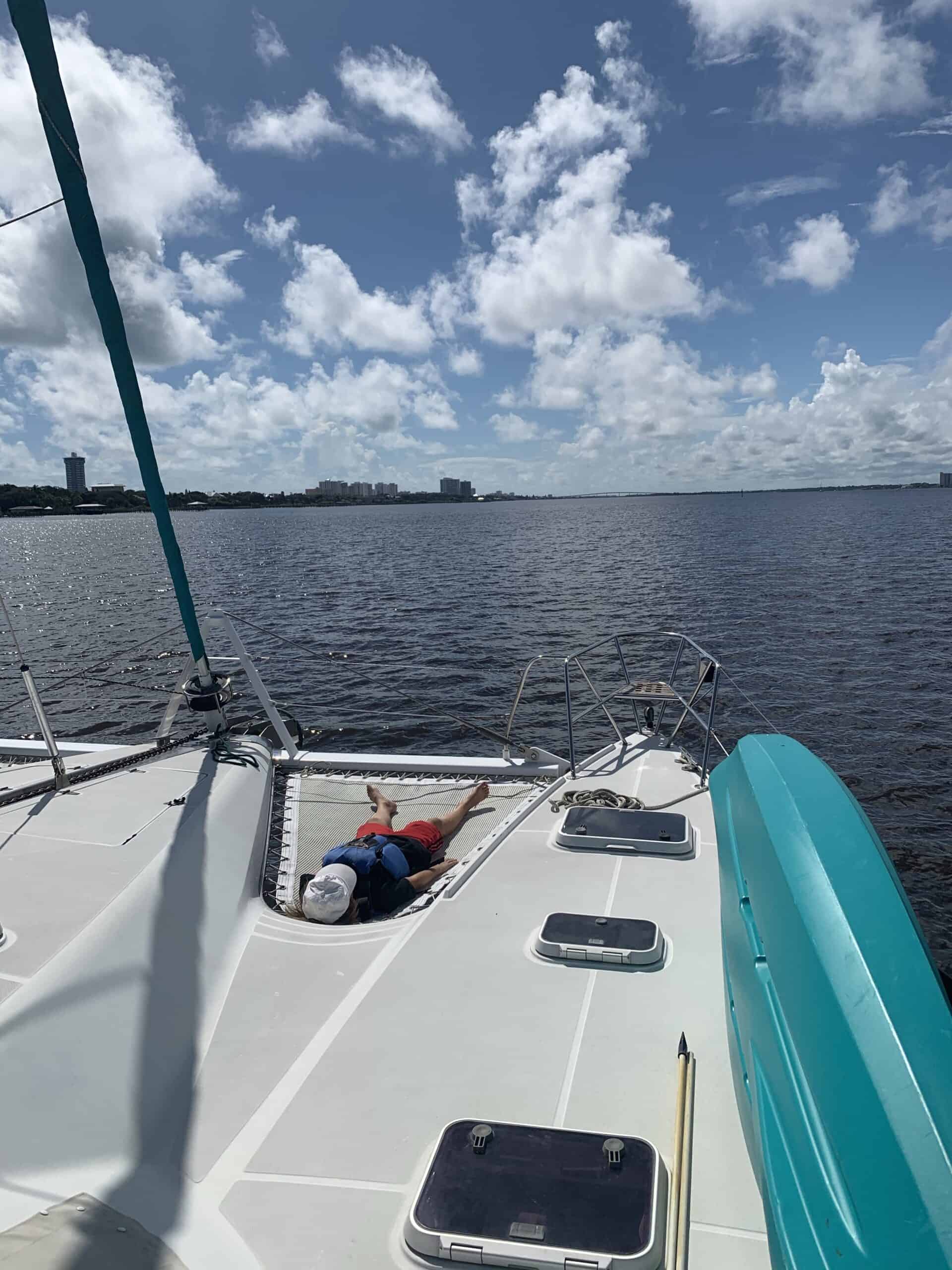
And the colors are different with summer arriving.
You might want to double check that your mosquito screens are in good shape.
Double them with sheer curtains, because the vicious no-see-ums also love it the intracoastal waters.
The Verdict
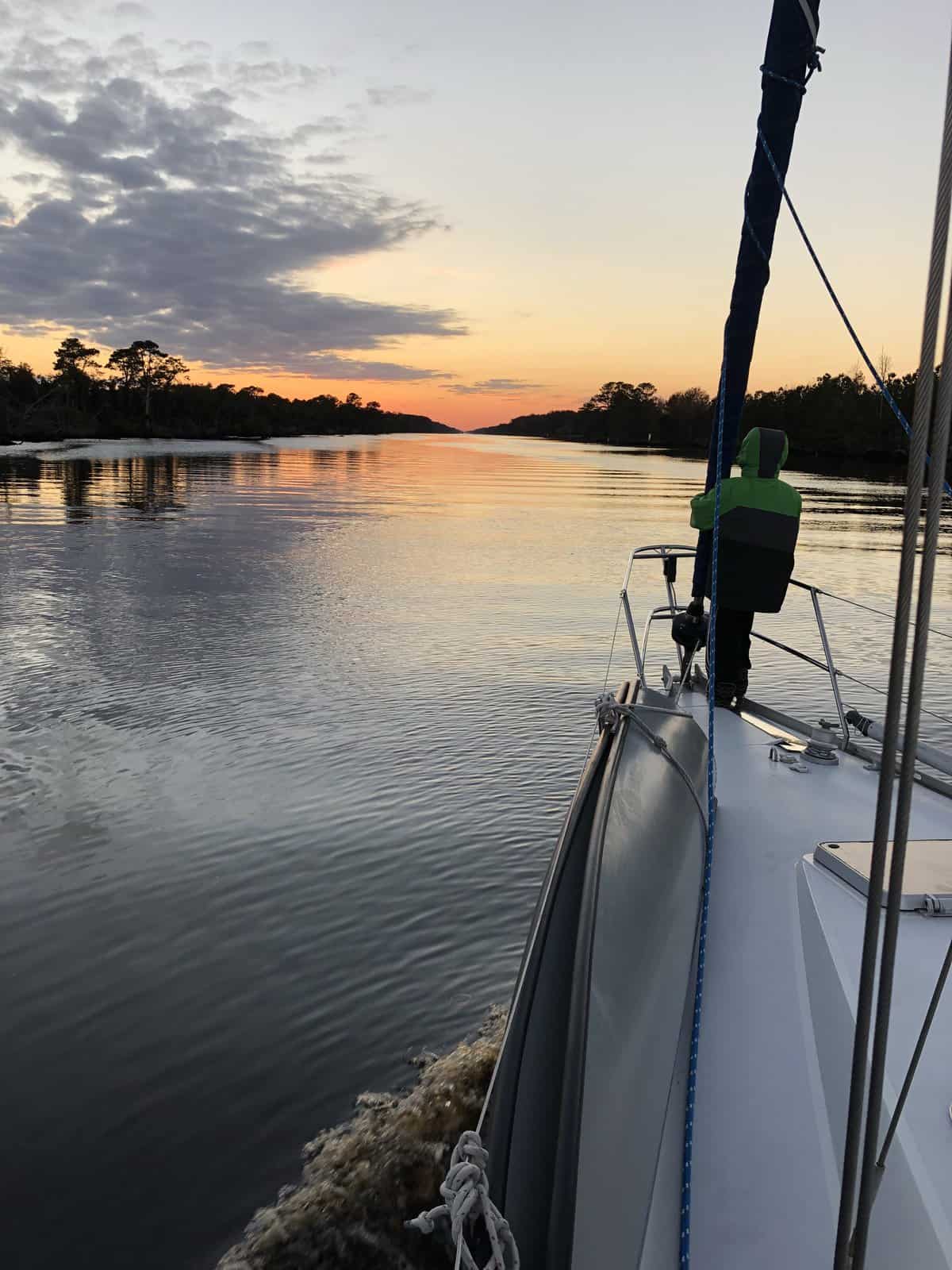
Regardless of how you choose to cruise, it is worth trying the ICW. Ocean sailing will never grant you such views of the country.
Besides, it will make you even more grateful to not be on the “normal” side of traffic.
More US Cruising Posts
We called these marinas home. And so can you.
7 Cruiser-Friendly Towns, on the East Coast, to Escape the Winter Blues with Your Loved One.
